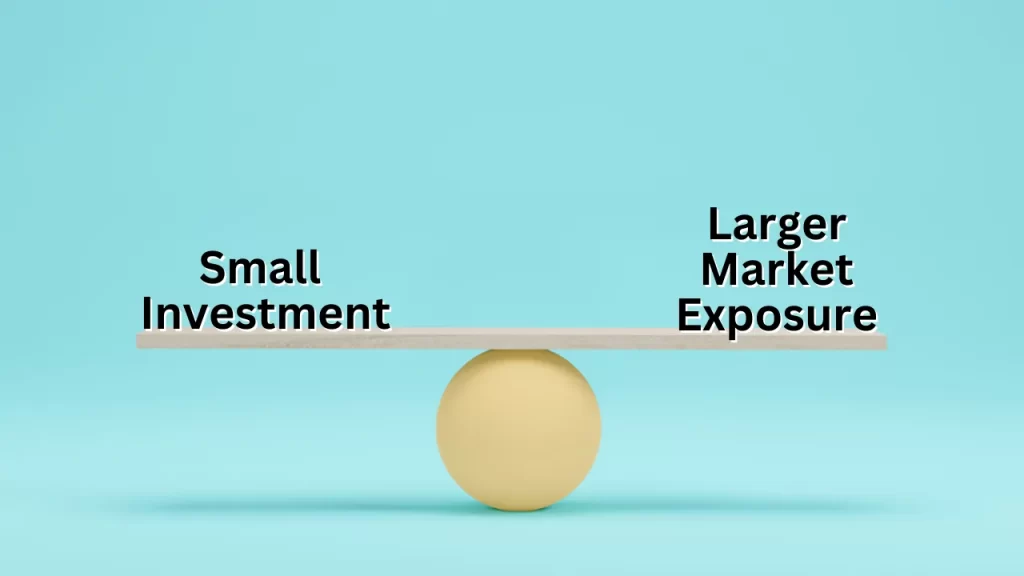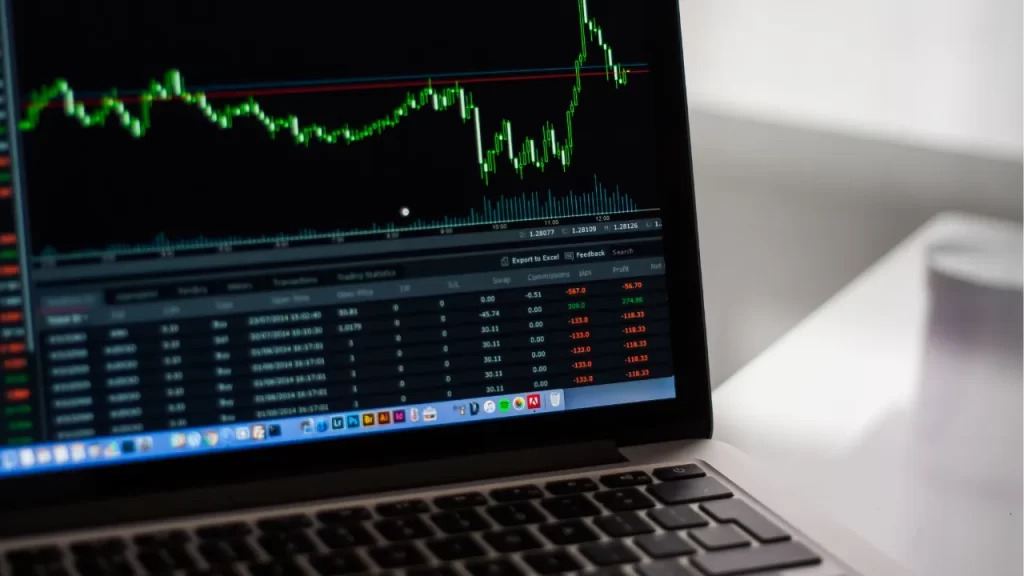Leverage is one of the most powerful tools in CFD trading, allowing traders to control large positions with relatively small capital.
While leverage can amplify profits, it also increases risk, making it essential to use it wisely.
In this guide, we’ll explain how leverage works in CFD trading, its risks, and strategies to minimize losses while maximizing potential gains.

What is Leverage in CFD Trading?
Leverage is a feature in CFD trading that allows traders to control a larger position size than their initial deposit.
It is expressed as a ratio (e.g., 10:1, 50:1, or 100:1), indicating how much a trader can multiply their capital.
For example, if you use 10:1 leverage, a $1,000 deposit allows you to control $10,000 worth of trades.
How Leverage Works in CFD Trading
- Higher leverage = higher potential profits (but also higher risk).
- Brokers set margin requirements, which are the minimum funds needed to open a leveraged trade.
- If a trade moves against you, losses are magnified, potentially leading to a margin call.

The Risks of Using Leverage
While leverage provides the ability to trade larger positions, it also increases exposure to market fluctuations. Here are some of the main risks:
- Magnified Losses: Just as leverage increases profit potential, it amplifies losses if the trade moves in the wrong direction. A small market move against your position could wipe out your trading account.
- Margin Calls: If your account balance falls below the required margin, the broker may issue a margin call, forcing you to deposit more funds or close positions. If you fail to act, the broker may automatically close trades, leading to significant losses.
- High Volatility Risk: Leverage is risky in highly volatile markets, where price swings can quickly trigger stop-losses or margin calls. Overleveraging increases the chances of being stopped out prematurely.
How to Use Leverage Safely
- Use Low Leverage Levels: Instead of using high leverage (50:1 or 100:1), start with lower leverage (5:1 or 10:1) to manage risk. Lower leverage allows for better risk control and reduces the chances of margin calls.
- Set Stop-Loss Orders: A stop-loss automatically closes a trade if the price moves against you, limiting potential losses. Use a tight stop-loss in highly leveraged trades to protect your capital.
- Never Risk More Than 1-2% of Your Capital Per Trade: Professional traders limit risk by ensuring no single trade can wipe out their account. Stick to the 1-2% rule to preserve capital for future trades.
- Monitor Margin Levels Regularly: Keep track of your margin level to avoid margin calls. If margin levels drop below 50%, consider reducing your trade size or adding more funds.
- Trade With a Solid Strategy: Avoid random trades—use a tested strategy with clear entry/exit rules. Combine technical analysis (moving averages, RSI, MACD) with fundamental insights.
- Start With a Demo Account: Before trading with real money, practice using leverage in a demo account. This helps you understand how different leverage levels impact your trades without risking capital.

Best Leverage for Different Traders
- Beginner Trader: 1:1 to 5:1 (Low Risk)
- Intermediate Trader: 5:1 to 10:1 (Medium Risk)
- Experienced Trader: 10:1 to 20:1 (High Risk)
- Scalper/Day Trader: 20:1 to 50:1 (Very High Risk)
Tip: Beginners should start with low leverage (1:1 to 5:1) to learn how price movements affect their trades before increasing leverage.

Common Mistakes to Avoid When Using Leverage
- Overleveraging – Using excessive leverage can wipe out your account quickly.
- Ignoring Stop-Losses – Without a stop-loss, a small move against you could result in a huge loss.
- Trading Without a Plan – Random trades with high leverage lead to unnecessary risks.
- Holding Highly Leveraged Trades Overnight – Overnight swaps/fees can erode profits over time.
Conclusion
Leverage can be a double-edged sword—it amplifies profits but also magnifies risks. To trade CFDs successfully, it’s essential to:
- Use low leverage (especially if you’re a beginner).
- Set stop-losses to control risk.
- Limit risk to 1-2% per trade.
- Trade with a tested strategy instead of relying on emotions.
By following these principles, you can use leverage effectively without exposing yourself to unnecessary risks.






